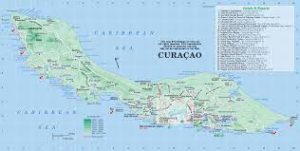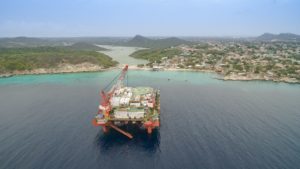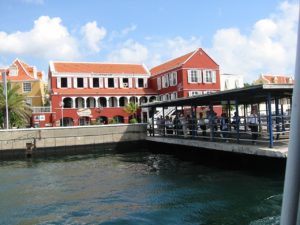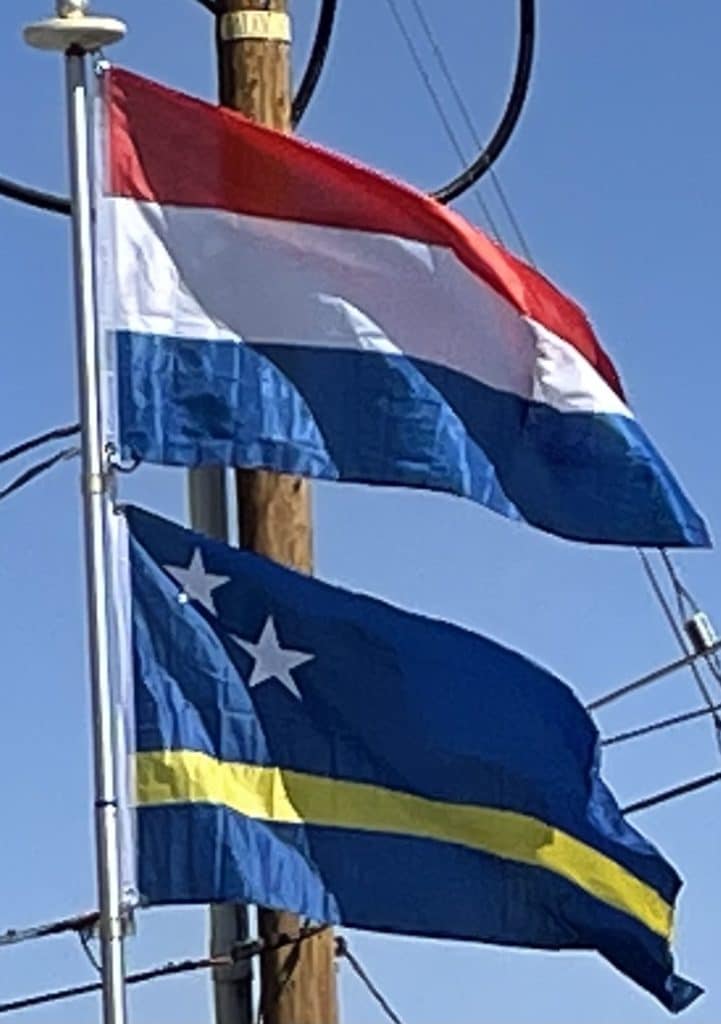Continuing economic hardship in the late 1990s and early 2000s resulted in much emigration to the Netherlands.
On 1 July 2007, Curaçao was due to become a country within the Kingdom of the Netherlands. On 28 November 2006, this was delayed when the island council rejected a clarification memorandum on the process. A new island council ratified this agreement on 9 July 2007.[35] On 15 December 2008, Curaçao was scheduled to become a separate country within the Kingdom of the Netherlands (as Aruba and the Netherlands Antilles were). A non-binding referendum on this plan took place in Curaçao on 15 May 2009, in which 52% of the voters supported it.
The dissolution of the Netherlands Antilles came into effect on 10 October 2010. Curaçao became a country within the Kingdom of the Netherlands, with the Kingdom retaining responsibility for defence and foreign policy. The kingdom is also to oversee the island’s finances under a debt-relief arrangement agreed between the two.
Geography:
Curaçao, as well as the rest of the ABC islands and Trinidad and Tobago, lies on the continental shelf of South America.

It is a thin island with a generally hilly topography; the highest point is Mount Christoffelberg 372 m (1,220 ft) in the northwest. Off the southeast coast lies the small, flat island of Klein Curaçao.
Economy:
Curaçao has an open economy, with tourism, international trade, shipping services, oil refining, storage (oil and bunkering) and international financial services being the most important sectors. The Venezuelan state oil company PDVSA has a lease on the island’s oil refinery expiring in 2019; the facility employs 1,000 people, refining oil from Venezuela for export to the US and Asia.

Curaçao’s economy is well developed, supporting a high standard of living. Curaçao possesses a high income economy, as defined by the World Bank. Activities related to the port of Willemstad (like the Free Trade Zone) make a significant contribution to the economy.
Reduced foreign demand due to ongoing unrest and political uncertainty in Venezuela has led to decreased exports along with increased public demands for services and goods which has resulted in economic stagnation since 2016. Expansion was recorded in the construction, financial intermediation, and utilities sectors while other aspects of the economy contracted.

While tourism plays a major role in Curaçao’s economy, it is less reliant on tourism than other Caribbean countries. Most tourists originate from the Netherlands, the eastern United States, South America and other Caribbean Islands. It is a leader in the Caribbean in cruise tourism growth with 610,186 cruise passengers in 2013, a 41.4% increase over the prior year. Hato International Airport received 1,772,501 passengers in 2013 and recently announced capital investments totaling US$48 million aimed at transforming the airport into a regional hub by 2018.
The island’s insular shelf has a sharp drop-off known as the “Blue Edge” which is often visited by scuba diving tourists. Coral reefs for snorkeling and scuba diving can be reached without a boat. The southern coast has calm waters as well as many small beaches, such as Jan Thiel and Cas Abou. The coastline of Curaçao features numerous bays and inlets which serve as popular mooring locations for boats.
